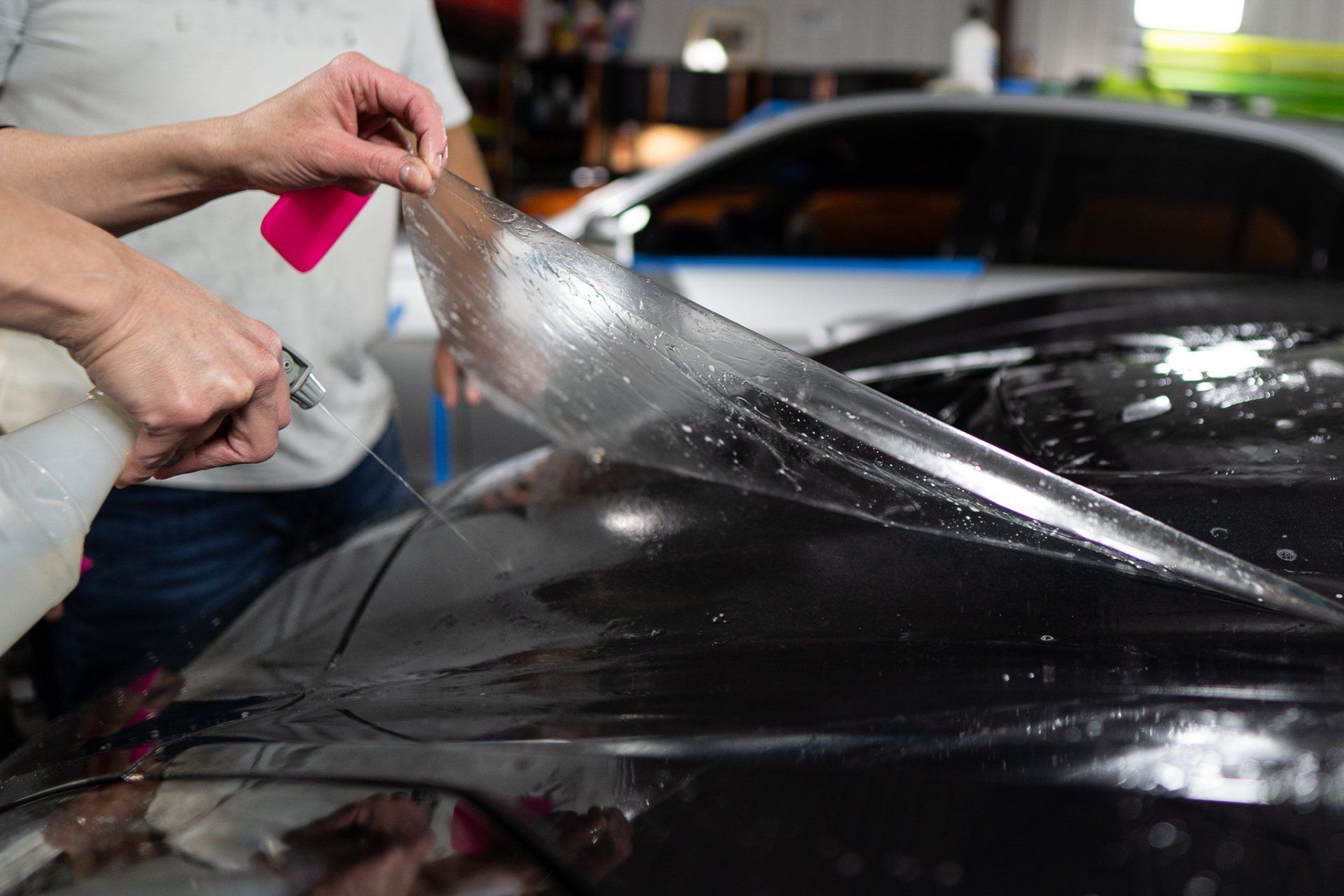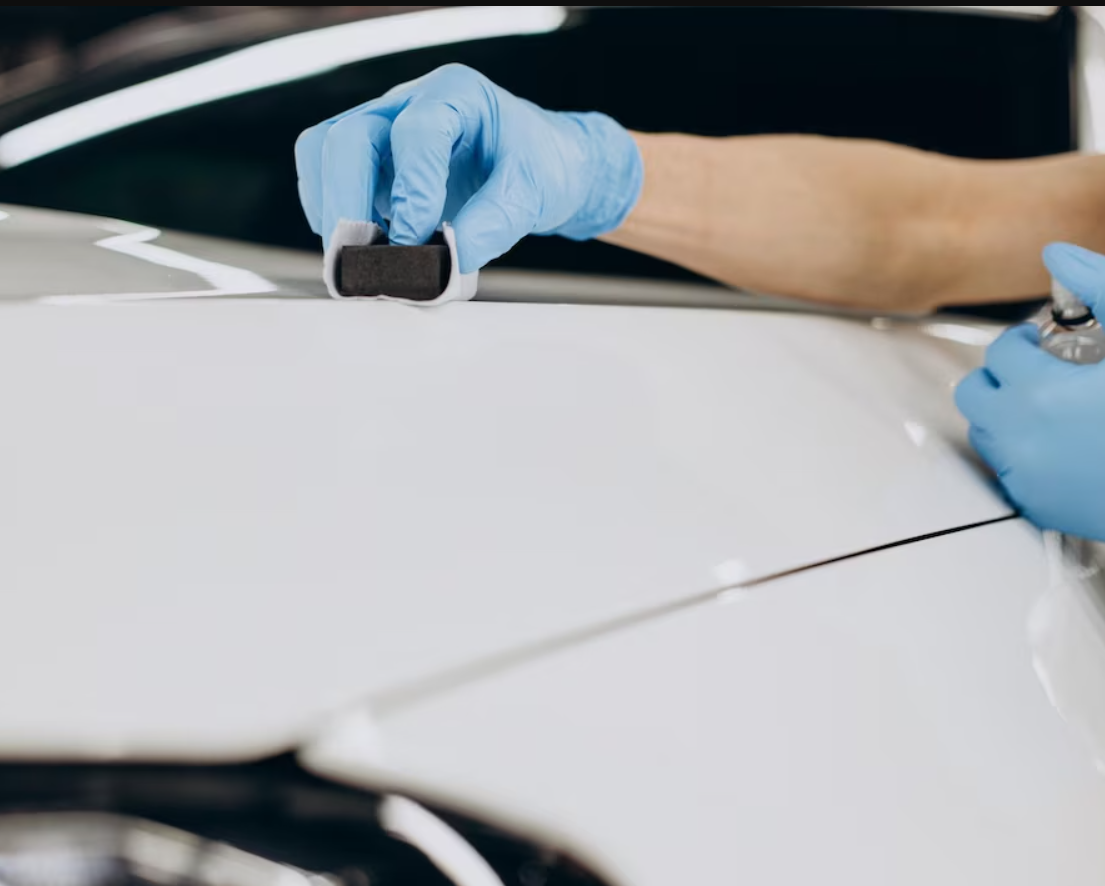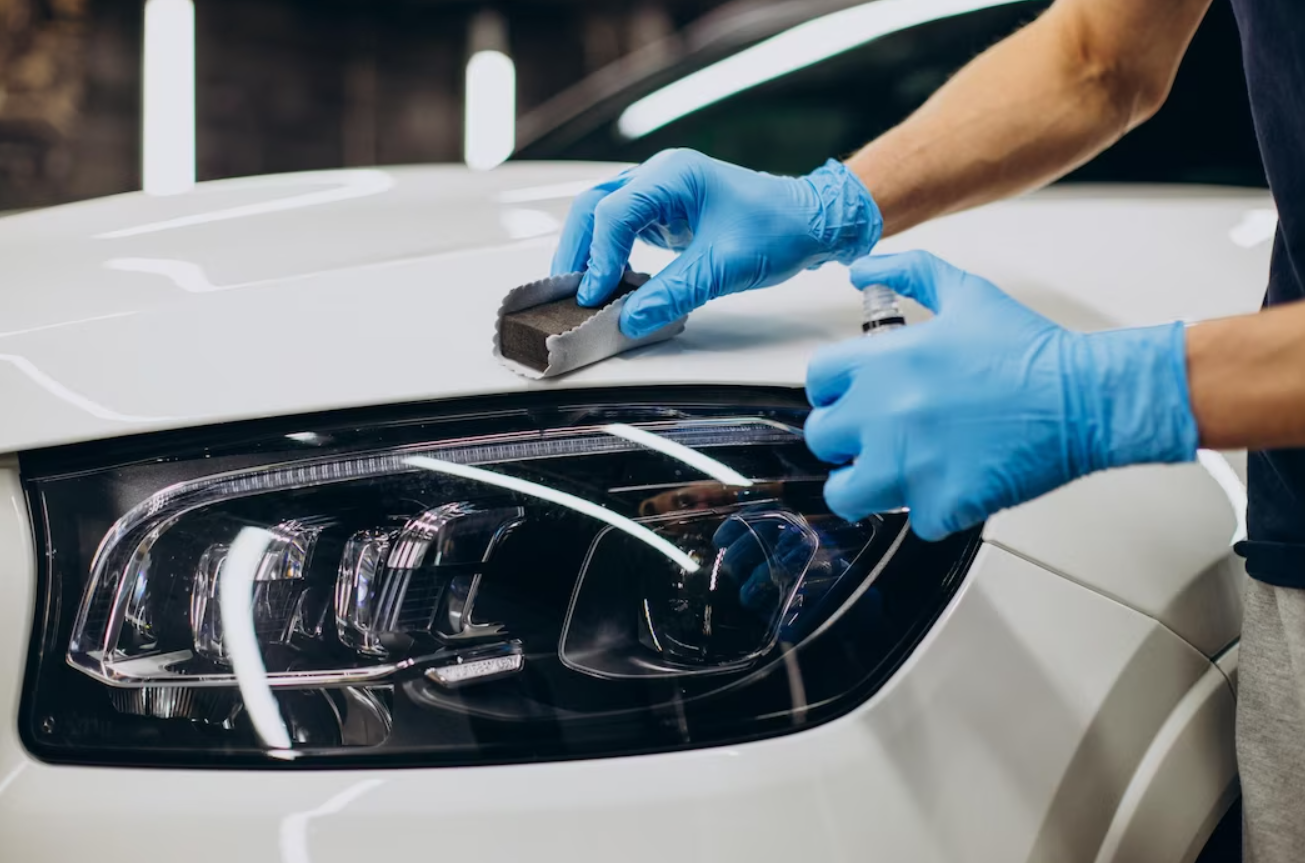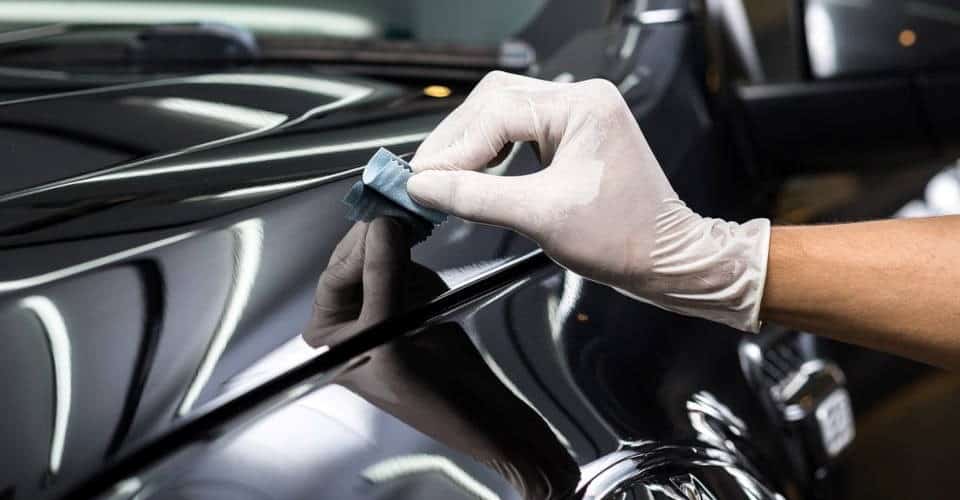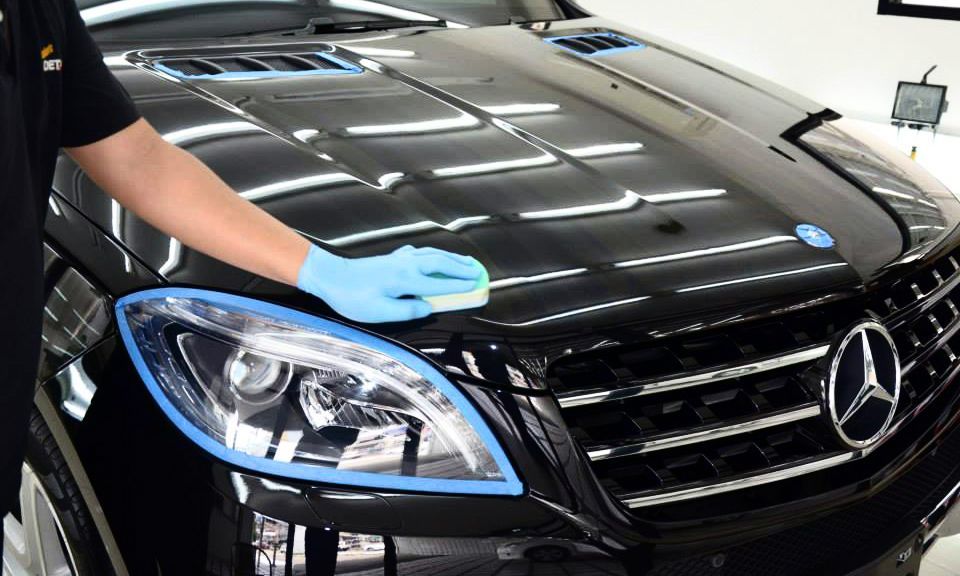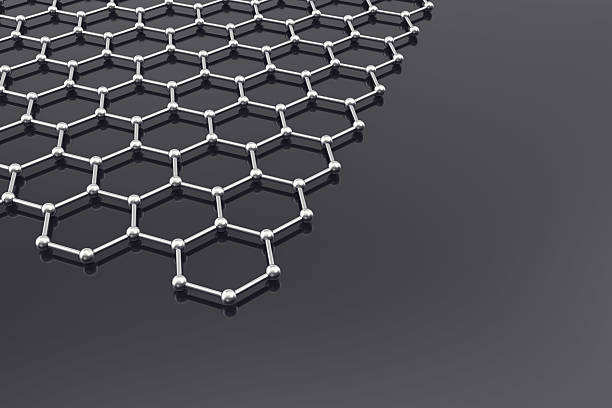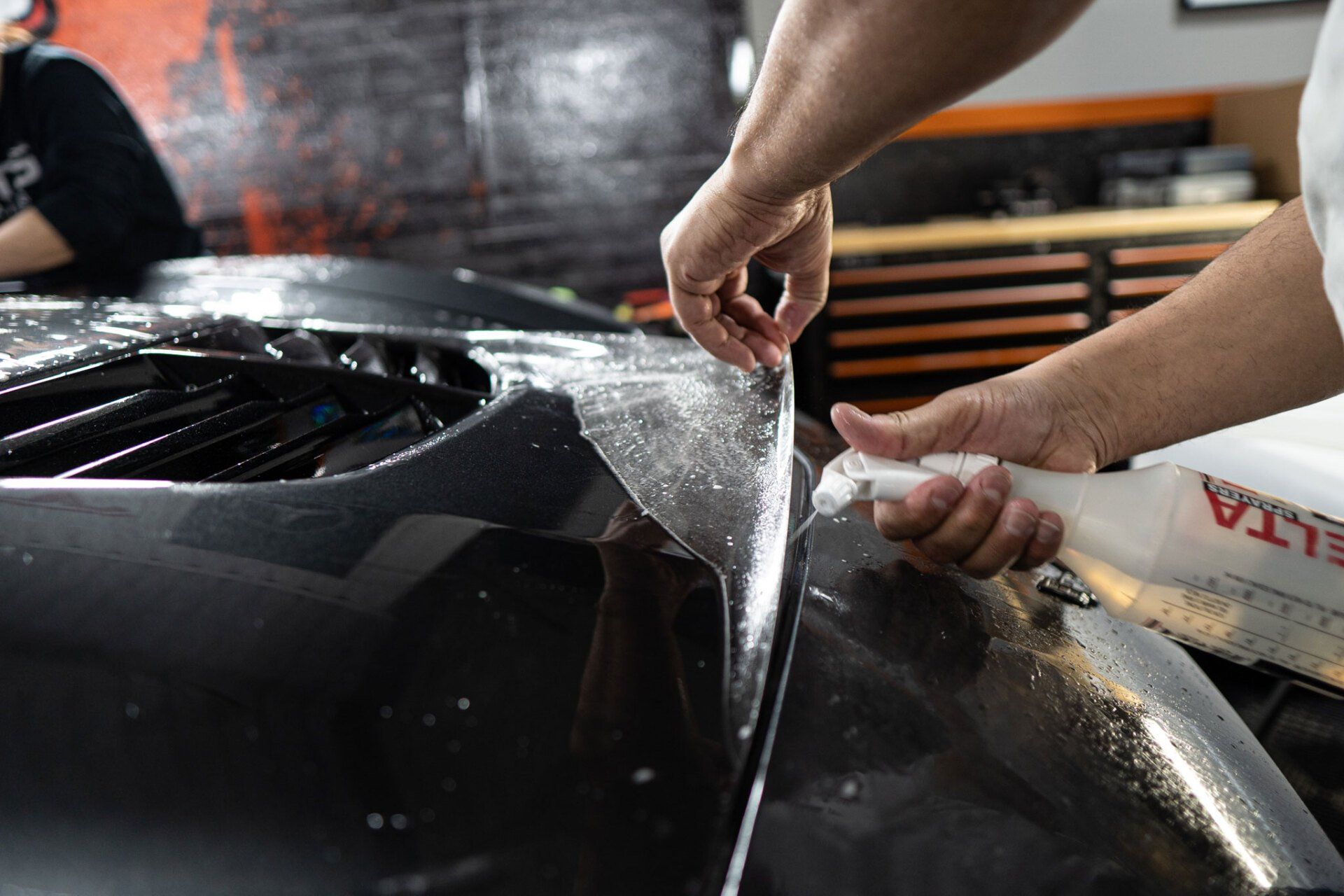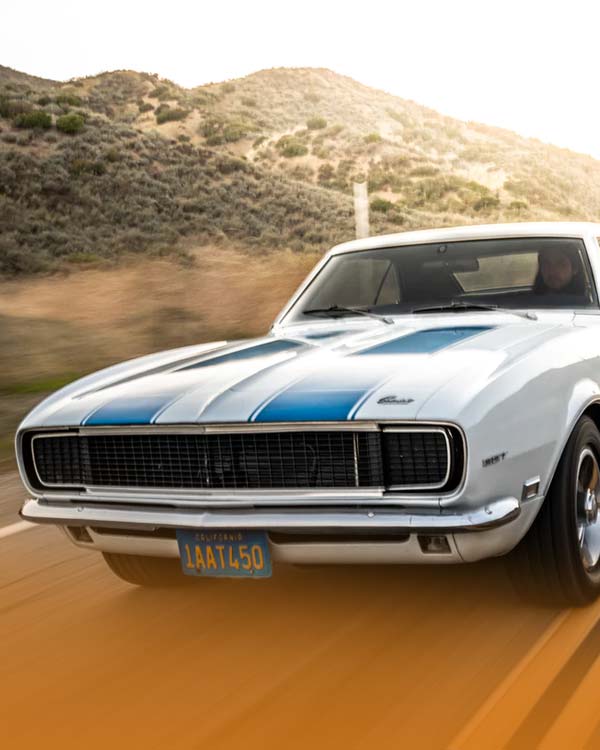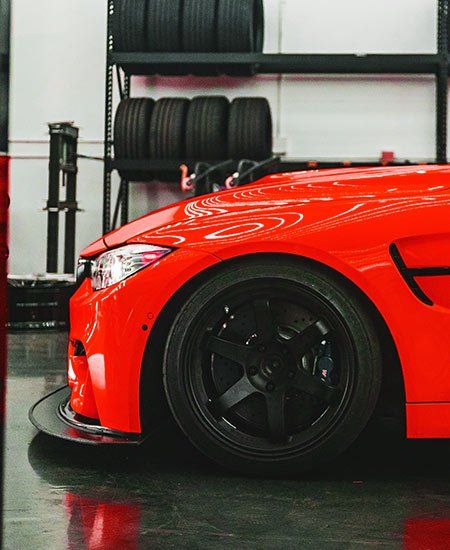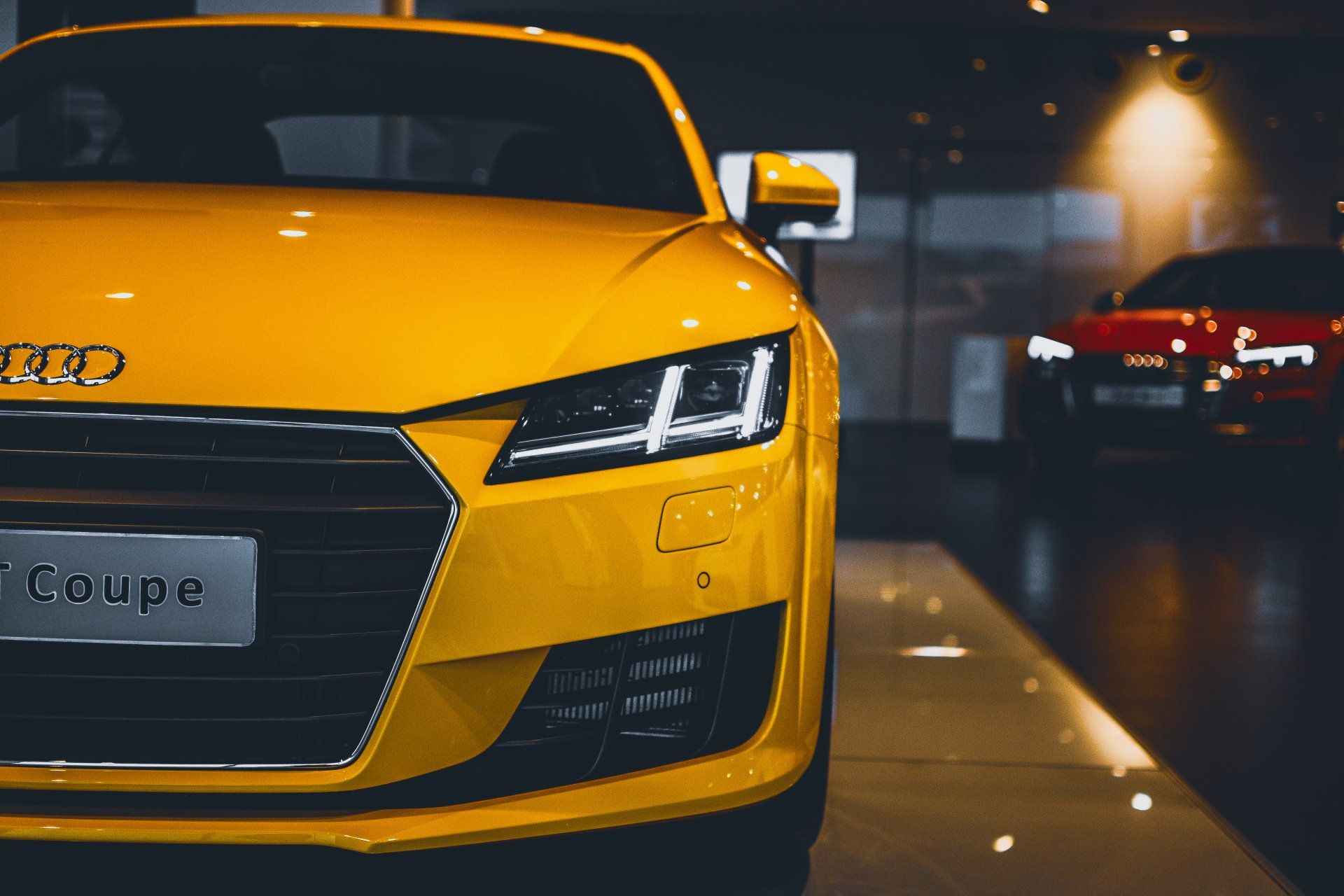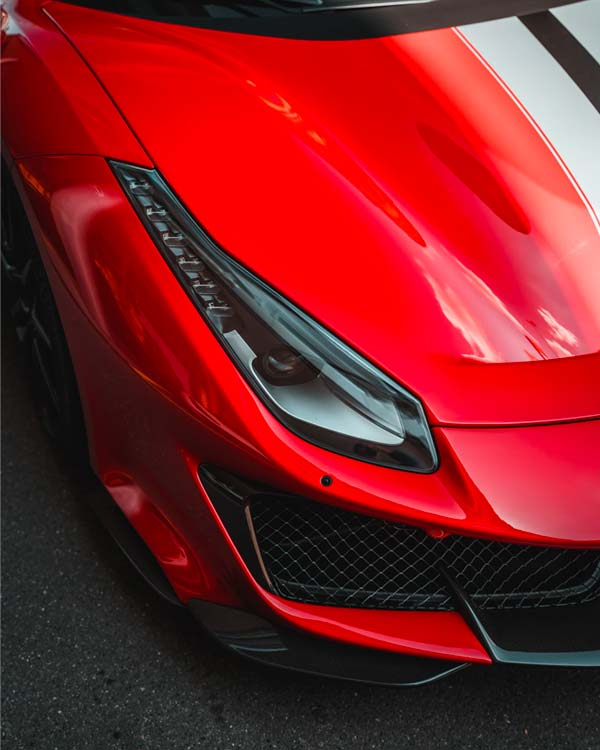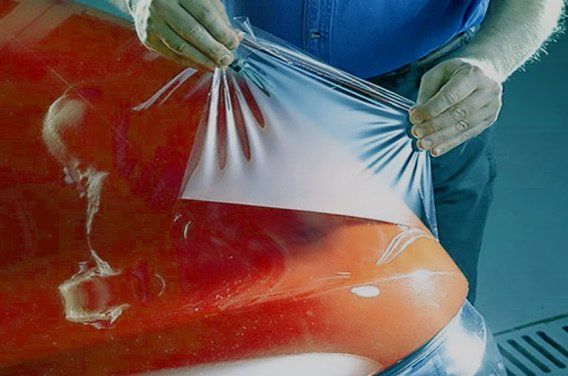Ceramic Coating vs. Waxing: Which Provides Superior Protection for Your Car's Paint?
If you cherish your car’s gleaming finish like many automotive enthusiasts do, deciding between ceramic coating and waxing can be challenging. Each method offers its own set of benefits and limitations—ceramic coatings form a durable bond with your vehicle's paint, providing long-lasting protection, while traditional waxing is simpler but requires frequent upkeep.
Ceramic coating is considered to provide superior protection compared to waxing a car's paint. It has become increasingly popular among car enthusiasts due to its long-lasting paint protection capabilities.
Ceramic Coating vs. Waxing: Key Differences
When deciding between ceramic coating and waxing for your car's paint protection, it's essential to consider the core distinctions between the two methods. Ceramic coatings consist of liquid polymers that chemically bond with your car’s paint to create a robust shield against environmental elements. In contrast, traditional waxes are made of natural carnauba or synthetic ingredients that don't form a chemical bond with the paint and simply sit on top of it as a protective layer.
To illustrate, consider your car's paint as a knight heading into battle—it needs armor for protection. Ceramic coating serves as this knight's heavy steel armor, while wax provides lighter protection in the form of chainmail. The difference is that while chainmail can be effective for a short period of time, heavy armor offers lasting protection during prolonged battles. The chemical bonding of ceramic coatings results in a rigid and protective shell that repels water, dirt, and contaminants more effectively than wax. This longevity contributes to cost-effectiveness in the long run, as ceramic coatings generally last several years compared to waxes that wear off within just a few months, necessitating reapplication.
Regarding the financial aspect, while waxing is less expensive initially due to the need for frequent reapplication, ceramic coatings present more comprehensive and durable protection, making them cost-effective over time. Essentially, when you invest in a ceramic coating, you're not just protecting your car's finish; you're also investing in long-term preservation. Understanding these fundamental differences can inform which method is best suited for your specific needs. It's vital to consider factors such as durability, protection level, and long-term cost-effectiveness before making a decision.
Application Methods Explained
Applying Ceramic Coating
When it comes to applying ceramic coatings, it's not simply a matter of wiping on and wiping off. The process entails significant elbow grease and meticulous attention to detail. First and foremost, the car's paint surface must undergo a thorough wash to eliminate any dirt or grime that could hinder the coating from bonding properly. After the initial wash, the next step involves decontaminating the paint surface by removing stubborn substances such as tar, industrial fallout, or tree sap, which regular washing may not effectively remove. This is where a clay bar often comes into play to ensure that the paint is completely clean and smooth before the coating is applied.
In certain cases, especially if the car's paint exhibits imperfections like swirl marks, scratches, or water spots, a process called paint correction may be necessary before applying the ceramic coating. This typically involves using abrasive polishes or compounds to level out the imperfections and restore a smooth, glossy finish to the paint. Once the preparation is complete, the ceramic coating is meticulously applied in a controlled environment. Utilizing professional-grade tools like specialized applicators and lighting ensures an even and uniform application of the coating, which is crucial for optimal performance and durability.
Applying Traditional Wax
Applying wax to your car is a more straightforward process compared to ceramic coatings. After washing and thoroughly drying the car, you can begin applying the wax using an applicator pad. Consistency is key; applying it evenly across every part of the car ensures uniform protection. The circular motion method of application is common when using wax, ensuring that each section of the car receives an equal amount of wax for uniform coverage. Once applied, the wax is allowed to "haze over," creating a light film on the surface of the paint as it dries up.
After allowing the wax to haze over, it needs to be buffed off using a microfiber cloth. This physical rubbing action not only removes any excess wax but also helps level out the layer for a smoother finish. While this process can be carried out at home without professional assistance, it must be repeated every few months as part of regular maintenance to continuously protect your car's paint.
So as we can see, while ceramic coatings require meticulous preparation and a complex application process for optimum bonding and performance, applying wax is comparably simpler and can easily be done at home. Both methods have their own unique characteristics when it comes to protecting your car's precious paint job.
Comparing Durability and Longevity
When it comes to protecting your car's paint, durability and longevity are crucial. Ceramic coatings have a solid track record, often providing protection for 2 to 5 years, depending on the specific product and how well it's maintained. In contrast, even high-quality carnauba waxes typically require reapplication every 2 to 3 months to maintain their protective properties. This stark difference in lifespan is a critical point to keep in mind when choosing between the two options.
The longer lifespan of ceramic coatings offers a significant advantage for car owners seeking long-term paint protection. With regular waxing, the need for frequent washing becomes a constant chore, given the wax's limited ability to repel contaminants over time. On the other hand, ceramic coatings exhibit superior effectiveness in repelling dirt, grime, and other contaminants from adhering to the vehicle's surface. This not only reduces the required frequency of washing but also ensures that your car maintains a clean and shiny appearance for an extended period of time.
By opting for a ceramic coating, you are essentially investing in long-term protection that requires minimal maintenance compared to traditional waxing routines. While waxing might give the car a rich gloss to improve its appearance in the short term, a ceramic coating's long-lasting protection is superior. Some may argue that the upfront cost of applying a ceramic coating is higher than that of traditional waxing, but considering the reduced need for frequent reapplications and meticulous maintenance associated with waxing, ceramic coatings ultimately prove to be more cost-effective in the long run.
It's essential to remember that the primary goal here is not just maintaining a visually appealing exterior but also safeguarding the integrity of your car's paint against environmental hazards. This is where ceramic coatings truly shine, offering prolonged protection against UV rays, chemical stains, road salt, bird droppings, and more. The durability and longevity of ceramic coatings make them a compelling choice for those seeking hassle-free, long-term paint protection solutions while minimizing maintenance efforts in the process.
Weather Resistance: Which Holds Up?
When it comes to protecting your car's paint from the fury of nature, weather resistance is a critical factor. Ceramic coatings have been proven to be exceptional at standing up against harsh weather conditions such as rain, snow, and extreme temperatures. Their hydrophobic properties cause water to bead up and roll off, minimizing potential water spots and corrosion, preventing water from lingering on the surface and causing damage over time. Ceramic coatings form a chemical bond with the car's paint, creating a tough, protective layer that can endure extreme weather conditions.
In contrast, wax, while offering some level of protection, tends to break down faster under similar conditions, especially under intense sun or heavy rainfall. The solvents used in traditional waxes can evaporate more quickly in hot climates, leaving the paint vulnerable to damage. When confronted with heavy downpours or snowstorms, wax can deteriorate more rapidly than ceramic coatings, necessitating more frequent upkeep. Wax might offer some level of protection, but it needs more upkeep and attention than the durable shield that ceramic coatings provide.
It's clear that while wax can provide temporary relief for your car's paint in milder climates and light usage patterns, it doesn't hold up as well as ceramic coatings when facing extreme weather conditions. The hydrophobic nature of ceramics ensures that water beads off the surface effortlessly, reducing the chances of water spots and long-term damage due to moisture exposure. When considering which option provides superior protection from varying weather conditions, the evidence points strongly toward ceramic coatings as the more reliable choice for safeguarding your car's paint over time.
UV and Heat Protection Insights
When your car spends a lot of time in the sun, its paint job starts facing real challenges. The sun's rays contain harmful UV light that can cause the paint to fade over time, leaving a once vibrant car looking lackluster. Additionally, the heat from the sun can speed up this process and even cause the paint to oxidize, resulting in a chalky appearance. So, what do ceramic coatings bring to the table? Well, they form a robust barrier on the surface of the car that actively reflects and neutralizes those UV rays.
Rather than allowing them to penetrate the surface and damage the paint, the coating bounces them back. This means that your car's color and gloss are preserved for much longer periods of time. The added benefit is not just aesthetic; it also aids in maintaining the value of your car over time. In comparison, wax does offer some degree of protection against UV radiation. However, its effectiveness diminishes over time as repeated exposure to sunlight degrades its layers.
Moreover, while wax might initially provide some protection against UV rays and heat, it requires more frequent reapplication due to its susceptibility to degradation from prolonged sun exposure. This means that you would need to invest more time and effort in maintaining your car's exterior with wax compared to ceramic coatings. Ceramic coatings' insightful protection goes beyond purely aesthetic advantages; it offers a barrier against the harmful effects of heat and UV rays, ensuring that the paint on your car stays vibrant and well-preserved for years to come.
Ease of Use and Maintenance
- Ceramic Coatings: The maintenance routine for ceramic coatings is quite straightforward. Regular washing is crucial, like with any car finish, but the hydrophobic properties of the ceramic coating make it easier to remove dirt and grime during cleaning. Using pH-neutral, wax-free car shampoos preserves the integrity of the coating. Additionally, occasional use of ceramic boosters can sustain the protective layer, prolonging its efficacy. The focus on simplicity and effectiveness in maintaining the coating reflects its enduring appeal among car owners seeking convenience.
- Waxing: In contrast, waxing may seem easier to apply at first, but it demands more consistent maintenance over time. While wax initially provides a glossy shine and a protective barrier, this sheen diminishes over time, necessitating regular rewaxing every few months to uphold its effectiveness. This frequent maintenance not only becomes an additional recurring task but also accumulates in terms of time and costs. Ultimately, it underscores the more labor-intensive side of maintaining wax-based protection.
The disparity in ease of use and maintenance between ceramic coatings and waxing brings us to a pivotal consideration when contemplating long-term paint protection for your vehicle. While each option has its own advantages and drawbacks, understanding their distinct maintenance requirements is vital to making an informed decision about which solution best aligns with your specific needs. If you value convenience and efficiency in your daily upkeep, ceramic coatings might be the ideal choice for you. On the other hand, if you enjoy dedicating more time to detailed car care and don't mind consistent touch-ups every few months, waxing may suit your preferences better.
Understanding the disparities in ease of use and maintenance provides valuable insight into how ceramic coatings or waxing may integrate into your lifestyle. It's essential to weigh these factors carefully to ensure that your chosen paint protection method aligns with your intended level of commitment and preference for vehicle upkeep.
Top Ceramic Coating Service in Dayton, OH
Discover the ultimate protection for your car with Vehicle Enhancement Inc., the top provider of ceramic coating services in Dayton, OH. Our expert team uses premium products to shield your vehicle from the elements, ensuring a long-lasting, high-gloss finish. Experience unparalleled quality and care that keeps your car looking its best. Reach out to Vehicle Enhancement Inc. today to schedule your ceramic coating service and give your vehicle the protection it deserves! Call us at (937) 361-7993 to get started!
